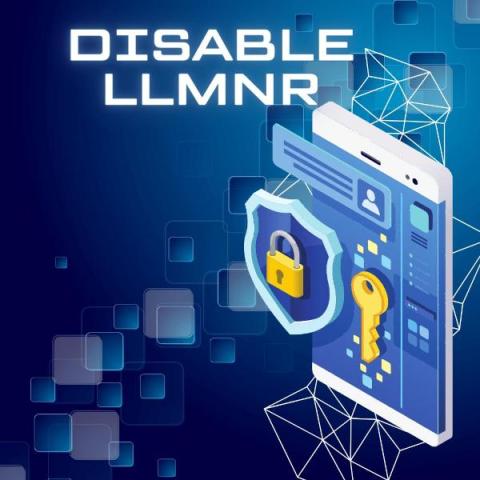Understanding Process Level Token
Every program running on a system needs specific permissions to access files, networks and other resources. A process level token acts as an ID for each program determining what it is allowed to do and access on the system. Tokens are critical for certain Windows functionalities, such as Task Scheduler, which uses this privilege to manage processes on behalf of different users.







